LIVING IN THE OTTOMAN REALM
LIVING IN THE
OTTOMAN REALM
Empire and Identity,
13th to 20th Centuries
Edited by Christine Isom-Verhaaren
and Kent F. Schull

This book is a publication of
Indiana University Press
Office of Scholarly Publishing
Herman B Wells Library 350
1320 East 10th Street
Bloomington, Indiana 47405 USA
iupress.indiana.edu
2016 by Indiana University Press
All rights reserved
No part of this book may be reproduced or utilized in any form or by any means, electronic or mechanical, including photocopying and recording, or by any information storage and retrieval system, without permission in writing from the publisher. The Association of American University Presses Resolution on Permissions constitutes the only exception to this prohibition.
 The paper used in this publication meets the minimum requirements of the American National Standard for Information SciencesPermanence of Paper for Printed Library Materials, ANSI Z39.48-1992.
The paper used in this publication meets the minimum requirements of the American National Standard for Information SciencesPermanence of Paper for Printed Library Materials, ANSI Z39.48-1992.
Manufactured in the United States of America
Library of Congress Cataloging-in-Publication Data
Names: Isom-Verhaaren, Christine. | Schull, Kent F.
Title: Living in the Ottoman realm : empire and identity, 13th to 20th centuries / edited by Christine Isom-Verhaaren and Kent F. Schull.
Description: Bloomington : Indiana University Press, 2016. | Includes bibliographical references and index.
Identifiers: LCCN 2016008081 (print) | LCCN 2016009336 (ebook) | ISBN 9780253019301 (cloth : alkaline paper) | ISBN 9780253019431 (paperback : alkaline paper) | ISBN 9780253019486 (ebook)
Subjects: LCSH: TurkeyHistoryOttoman Empire, 1288-1918. | Cultural pluralismTurkeyHistory. | ImperialismSocial aspectsTurkeyHistory. | Identity (Psychology)TurkeyHistory. | Group identityTurkeyHistory. | EthnicityTurkeyHistory. | Community lifeTurkeyHistory. | Social changeTurkeyHistory. | TurkeySocial conditions1288-1918. | TurkeyEthnic relationsHistory.
Classification: LCC DR486 .L58 2016 (print) | LCC DR486 (ebook) | DDC 956/.015dc23
LC record available at http://lccn.loc.gov/2016008081
1 2 3 4 5 21 20 19 18 17 16
To the cherished memory of our dear friend, colleague, and contributor to this volume Vangelis Kechriotis
Contents
Christine Isom-Verhaaren and Kent F. Schull
Nicolas Trpanier
Zeynep Aydoan
F. zden Mercan
Theoharis Stavrides
Murat Cem Meng
Hasan Karata
Nabil Al-Tikriti
Leslie Peirce
Amy Singer
Charles Wilkins
Christine Isom-Verhaaren
Linda T. Darling
Eric Dursteler
Fariba Zarinebaf
Julia Landweber
Jane Hathaway
Antonis Hadjikyriacou
Darin N. Stephanov
M. Alper Yalnkaya
David Gutman
Vangelis Kechriotis
Michelle U. Campos
Preface
THIS VOLUME WAS conceptualized in 2007 at a Middle East Studies Association (MESA) book fair in Montreal. We had just met and introduced ourselves when we began discussing our mutual research interests in Ottoman identity. Since we are respectively an early modernist (Christine) and modernist (Kent) in our scholarly periods of study, we were intrigued by the idea of discussing this important issue across time and space in the Ottoman Empire. We both lamented how rarely Ottomanists who study different time periods actually engage each others work to compare the continuities and changes from premodern to modern times. It was during this conversation that the germ of an idea arose that compelled us to expand the scope of our intellectual inquiry and engage Ottoman studies more broadly. We also lamented how few pedagogical resources existed for teaching about the empire, particularly primary sources in translation and accessible stories of individuals, groups, and everyday life.
We decided to keep in touch and organize a panel on Ottoman identity at the next MESA conference in 2008. This was a small four-person panel with one scholar representing each of the four generally accepted historical periods of the empire. It was a test, really, to see how the conversation and dialogue would go and to see if this project could grow wings. We were both very pleasantly surprised by the turnout, the presentations, and the audience participation. This experience impelled us to dream big and devise a more ambitious plan. In fact, we hatched the idea to bring even more scholars together to share their work and engage each other in a conference setting.
In December 2011 at the annual MESA conference in Washington, DC, we successfully pulled off something that to the best of our knowledge had never been tried before at this venue. We created our own workshop within a conference by organizing four panels on the theme of Ottoman identity, one panel for each period of the empires history. This series of panels brought nearly thirty Ottomanists together to share their research and discuss the possibilities and intricacies of the creation, development, augmentation, transformation, and expansion of what it meant to be Ottoman from the dynastys earliest beginnings as a pastoral-nomadic polity until its demise as an imperial nation-state. Each session was packed with participants, and the excitement, engagement, and support of the broader Ottoman scholarly community was astounding. We realized that we needed to produce a book to keep the conversation alive.
From that workshop within a conference we have pursued this edited volume, and though not all of the original participants ended up contributing to this work, we are very grateful that several others joined us. The twenty-two chapters in this volume represent a tremendous amount of research and insight into what it meant to be Ottoman over the long life of the empire. It brings together a rich mix of senior and junior scholars and represents the cutting edge in research and methodological approaches to Ottoman studies, but it is written in an approachable way to make it suitable for undergraduate course adoption. Each chapter includes substantive primary-source excerpts to allow students to engage directly with the voices of the past. It is our hope that this volume brings the empire to life for students in all of its ethnic, religious, linguistic, and topographical diversity and serves as a great teaching and learning companion for classes on the Ottoman Empire and Middle East from the thirteenth to the twentieth centuries.
Acknowledgments
THE EDITORS THANK the many individuals who have worked so hard to see this project to its conclusion. It originated as an idea to enable Ottomanists across the field who study different time periods to engage each other on the concept of Ottoman identity and how it originated and transformed over the empires existence. We hatched this idea and set up a workshop within a conference at the Middle East Studies Associations (MESA) 2011 annual conference held in Washington, DC. We express our gratitude to the MESA Organizing Committee for taking a chance on allowing this experimental four-panel session. It was a huge success in terms of the scholarship shared, audience participation, and attendance. This book has come directly from this workshop within a conference.
We also express our sincere thanks to all those who participated in the session, especially the discussants (Linda Darling, Heather Ferguson, Resat Kasaba, and Julia Clancy-Smith) and all the presenters. While the majority of the panelists ended up contributing to this edited volume, several were unable to do so for a variety of reasons. We acknowledge their participation, because they enriched the intellectual exchange and improved the finished work of all those involved. These individuals include Julia Phillips Cohen, Deniz Kilinolu, Cihan Yuksel Muslu, Gabriel Piterberg, Ayfer Karakaya-Stump, and Sara Yildiz.
Next page

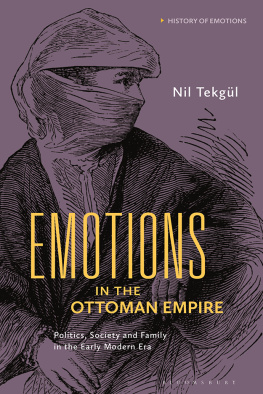
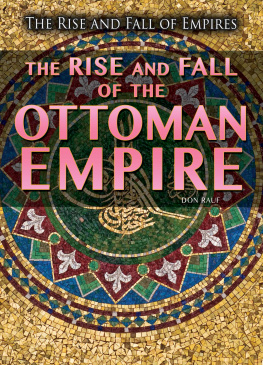

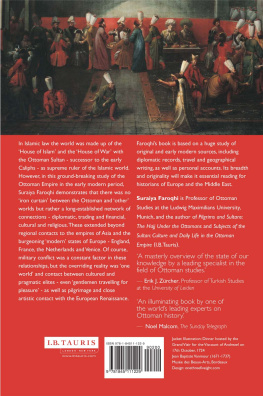
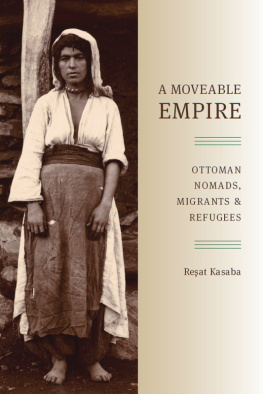
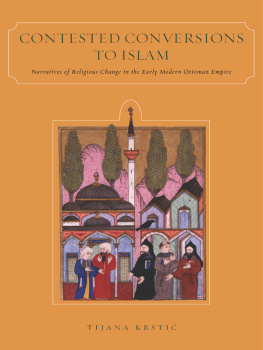
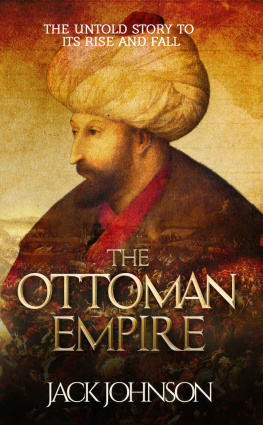


 The paper used in this publication meets the minimum requirements of the American National Standard for Information SciencesPermanence of Paper for Printed Library Materials, ANSI Z39.48-1992.
The paper used in this publication meets the minimum requirements of the American National Standard for Information SciencesPermanence of Paper for Printed Library Materials, ANSI Z39.48-1992.